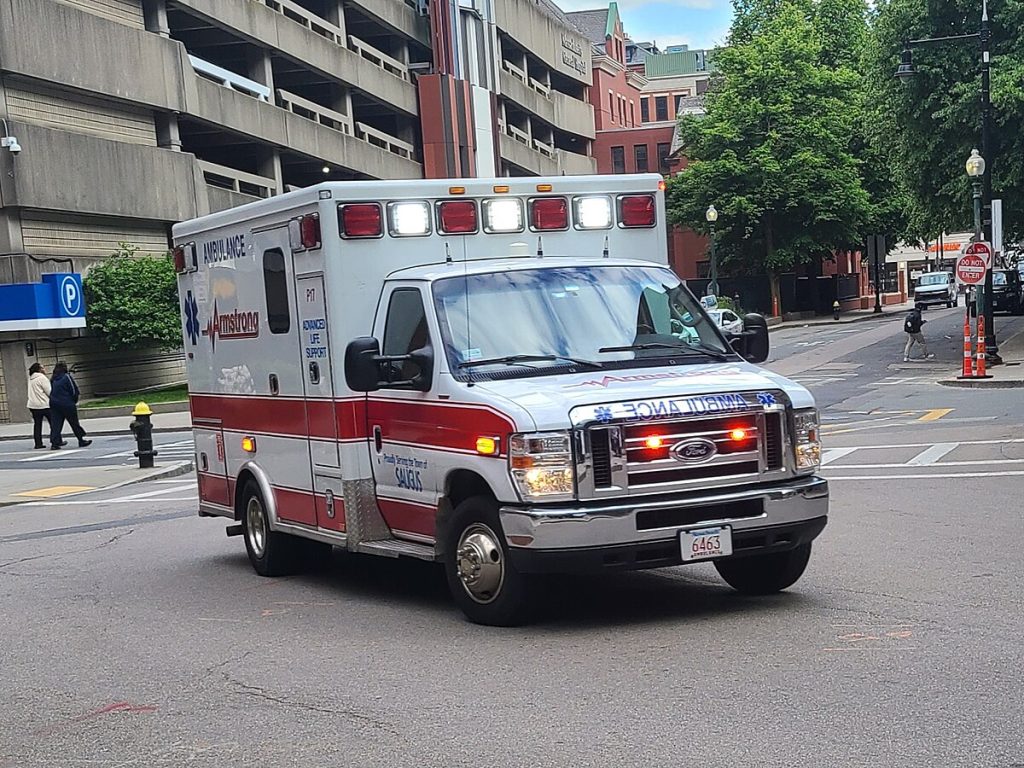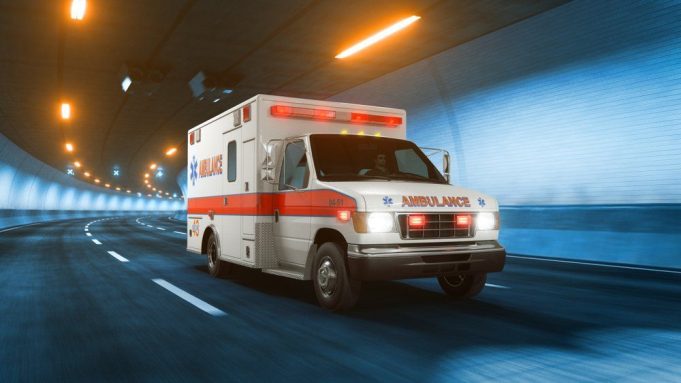Probably not. Although emergency vehicles operate with a sense of extreme urgency and often travel faster than the average road user, they typically don’t require additional engine power. The standard vans, light trucks, and heavy trucks they use — even in countries like Kenya — are already equipped with sufficient horsepower to reach high speeds when necessary.
What truly sets emergency vehicles apart isn’t their engine performance or gear ratios but their designated purpose and urgency. Their real advantage comes from the use of flashing lights and sirens, which private vehicles are not allowed to use. These tools clear the path by alerting and directing other drivers to move aside, helping emergency responders avoid delays from slow-moving traffic on city streets and busy highways.
Speed in Emergencies – Faster Isn’t Always Reckless
In challenging conditions, even speeds of 60 to 80 kph can be considered very fast. In fact, traveling at just half that pace can still allow emergency responders to arrive in a timely manner. The goal isn’t to drive recklessly but to respond promptly.
However, a significant obstacle arises when other road users fail to clear the way. Drivers who ignore sirens and block emergency vehicles should understand this: their actions may cause fatal delays. Someone’s life could hang in the balance—and that delay could be the difference between survival and death.

Selfish Driving – A Deadly Mistake
One of the most irresponsible behaviors on the road is tailing an emergency vehicle to take advantage of the cleared path. This isn’t clever—it’s dangerously self-serving. During emergencies, calm, coordinated action from everyone is needed. In simple terms, don’t be a smart-arse. Be smart. Stay calm, stay back, and let the professionals do their job.
Why Getting To the Victim Matters Most
Here’s something often overlooked: when an ambulance is en route to an emergency, it is racing against time in the most critical sense. Until paramedics arrive, the victim may have no medical support at all—not even basic First Aid. In that moment, every second truly counts.
Ambulance teams bring what could be called “Second Aid”: trained paramedics, essential medical equipment, and the skills to stabilize a patient by prioritizing two life-saving actions—restoring breathing and keeping the heart beating (CPR). If the ambulance is delayed, it could arrive too late to save a life.
On the return trip to the hospital, the situation changes. The patient is already receiving care from trained professionals with vital support in place. While it’s still essential to get to the hospital quickly for “Third Aid” (Emergency Room or ICU care), the urgency per minute is typically less extreme. This means the ambulance can afford to lower its risk threshold and travel more cautiously.
FAQ’s
Do emergency vehicles have more powerful engines than regular vehicles?
No. Most emergency vehicles use standard vans or trucks with sufficient horsepower. Their advantage comes from their priority status and tools like sirens and lights—not extra engine power.
Why do emergency vehicles seem to speed through traffic?
They travel quickly due to the urgency of their mission, but not recklessly. Their speed is calculated to balance urgency with safety, often relying on traffic cooperation.
What makes flashing lights and sirens so critical?
These tools alert other drivers to move aside, clearing the road so emergency responders can reach their destination without delay.
Is it okay to follow closely behind an emergency vehicle?
Absolutely not. Tailgating emergency vehicles to bypass traffic is selfish and dangerous and could interfere with their mission.
Why is the trip to the emergency scene more urgent than the return to the hospital?
Before paramedics arrive, victims may receive no care at all. Immediate medical help like CPR can mean the difference between life and death. Once stabilized, the urgency slightly decreases.
Conclusion
Emergency vehicles don’t need supercharged engines—they need cooperation. Their effectiveness hinges on the public’s willingness to clear the way, not raw speed. Reckless drivers who block or tailgate ambulances put lives at risk, while calm, coordinated driving can help save them. The urgency lies not in showing off speed but in delivering life-saving aid swiftly and safely. Respecting the mission of emergency responders isn’t just a common courtesy—it’s a civic responsibility that can literally mean the difference between life and death.








